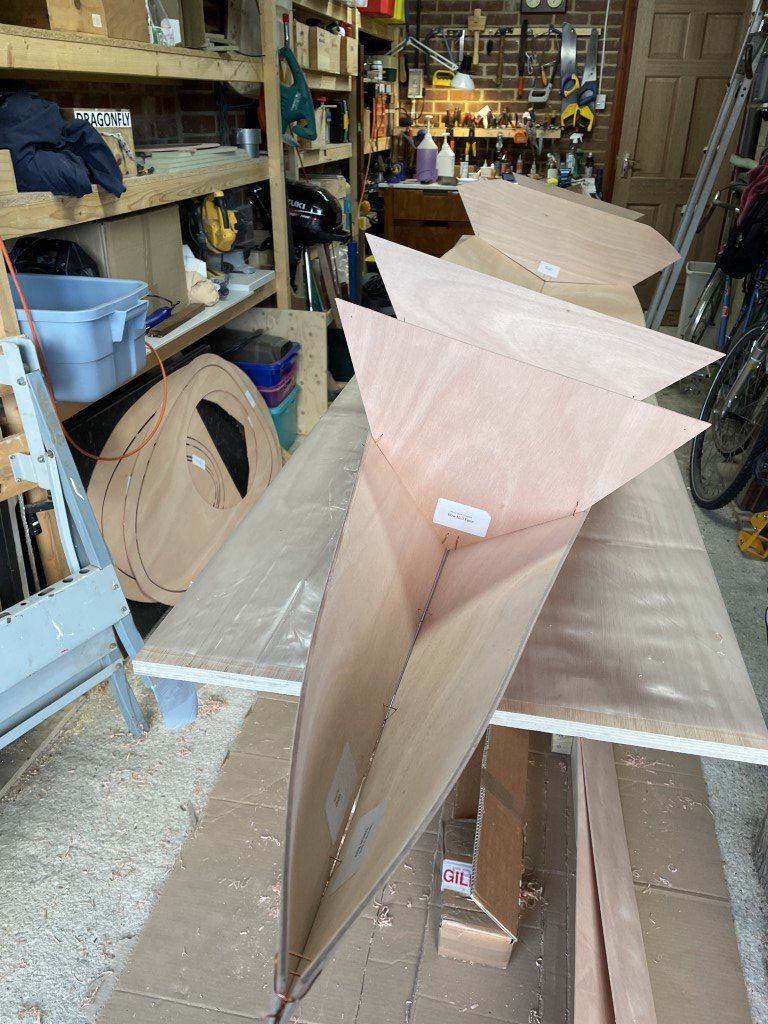
Building a Hybrid Duck Boat for Shallow and Deep Waters
Imagine cruising through tranquil shallows, then seamlessly transitioning to deeper waters, exploring hidden coves and inlets. This dream becomes a reality with a hybrid duck boat, a vessel designed to conquer both shallows and depths. Building such a versatile craft requires a blend of ingenuity and technical skill. This comprehensive guide will walk you through the essential steps, empowering you to create your own amphibious marvel.
Planning Your Hybrid Duck Boat
Before embarking on this exciting project, meticulous planning is paramount. It sets the foundation for a successful build and ensures your boat meets your specific needs.
Define Your Purpose and Requirements
What will you primarily use your hybrid duck boat for? Fishing, hunting, leisure cruising? Understanding your intended use helps determine the boat's size, features, and overall design. For example, a fishing boat might prioritize stability and spacious casting decks, while a leisure cruiser might emphasize comfort and ample seating.
Choose Your Materials
The right materials are crucial for a durable and functional boat. Consider factors like weight, strength, and resistance to water damage. Aluminum is lightweight and corrosion-resistant, while fiberglass offers excellent strength and watertightness. The choice often depends on budget and the desired level of performance.
Sketch a Detailed Design
A well-defined blueprint guides your construction process. This involves sketching the boat's dimensions, hull shape, and layout of key features. Consider the desired draft (how deep the boat sits in the water), seating arrangements, engine placement, and the mechanism for transitioning between shallow and deep water modes.
Constructing the Hull and Propulsion System
Building the hull is the foundation of your hybrid duck boat. The chosen materials will determine the specific techniques employed.
Fabricating the Hull
For aluminum hulls, you'll likely use welding to join sheets of aluminum. For fiberglass hulls, you'll need to mold the fiberglass over a wooden frame, known as a mold. Ensure the hull shape is optimized for stability and efficient movement in both shallow and deep water.
Choosing the Right Propulsion System
Hybrid duck boats utilize a combination of propulsion systems. In shallow water, a jet drive provides the maneuverability needed to navigate through obstacles. This system draws water through an inlet and propels it rearward, generating thrust. For deep water, a traditional propeller engine is more efficient. You'll need to integrate a system for switching between the two, potentially using a clutch mechanism or a hydraulic system.
Designing the Transition Mechanism
This is the heart of your hybrid duck boat, allowing it to seamlessly adapt to varying water depths. This mechanism involves adjusting the boat's draft and possibly shifting the propeller to optimize for the specific water conditions.
Draft Adjustment
To navigate shallow waters, your boat needs a shallow draft. You can achieve this by incorporating a system that raises or lowers the hull. This might involve hydraulic rams, adjustable pontoons, or a combination of both. When the hull is raised, the draft is reduced, enabling the boat to travel through shallow areas. When lowered, the boat's draft increases, suitable for deeper waters.
Propeller Shifting
For deep water, the traditional propeller is more efficient. A well-designed shifting mechanism ensures the propeller is submerged in deep water for optimal performance. This could involve a hydraulic system that raises or lowers the propeller, or a mechanism that rotates the propeller shaft to bring it into position.
Additional Features and Refinements
To create a fully functional and enjoyable hybrid duck boat, consider incorporating these additional features:
Seating and Comfort
Ensure comfortable seating for passengers. Consider cushions, backrest supports, and storage compartments for gear. You can even add amenities like cup holders and fishing rod holders.
Navigation and Safety Equipment
Equip your boat with essential navigation and safety equipment, including:
- Navigation lights
- Compass
- GPS system
- Life jackets
- First-aid kit
Customization
The final touch is customization. Paint the boat in your preferred colors, add decals or graphics, and install any additional features that enhance its functionality or aesthetics. This allows you to make your hybrid duck boat truly unique.
Testing and Refinement
Once construction is complete, it's crucial to test your hybrid duck boat in various water depths and conditions. This allows you to identify any issues, fine-tune the design, and ensure its overall functionality.
Shallow Water Testing
Test your boat in shallow water, verifying that it can navigate through obstacles and maintain stability. Adjust the draft system if needed to achieve optimal shallow water performance.
Deep Water Testing
In deep water, test the propeller system, ensuring it provides smooth and efficient propulsion. Verify that the transition mechanism operates seamlessly between deep and shallow water modes.
With careful planning, meticulous construction, and thorough testing, you can build a hybrid duck boat capable of navigating both shallow and deep waters. This versatile craft will open up a world of exciting possibilities, allowing you to explore waterways with unparalleled freedom and adaptability.






No comments:
Post a Comment
Note: Only a member of this blog may post a comment.